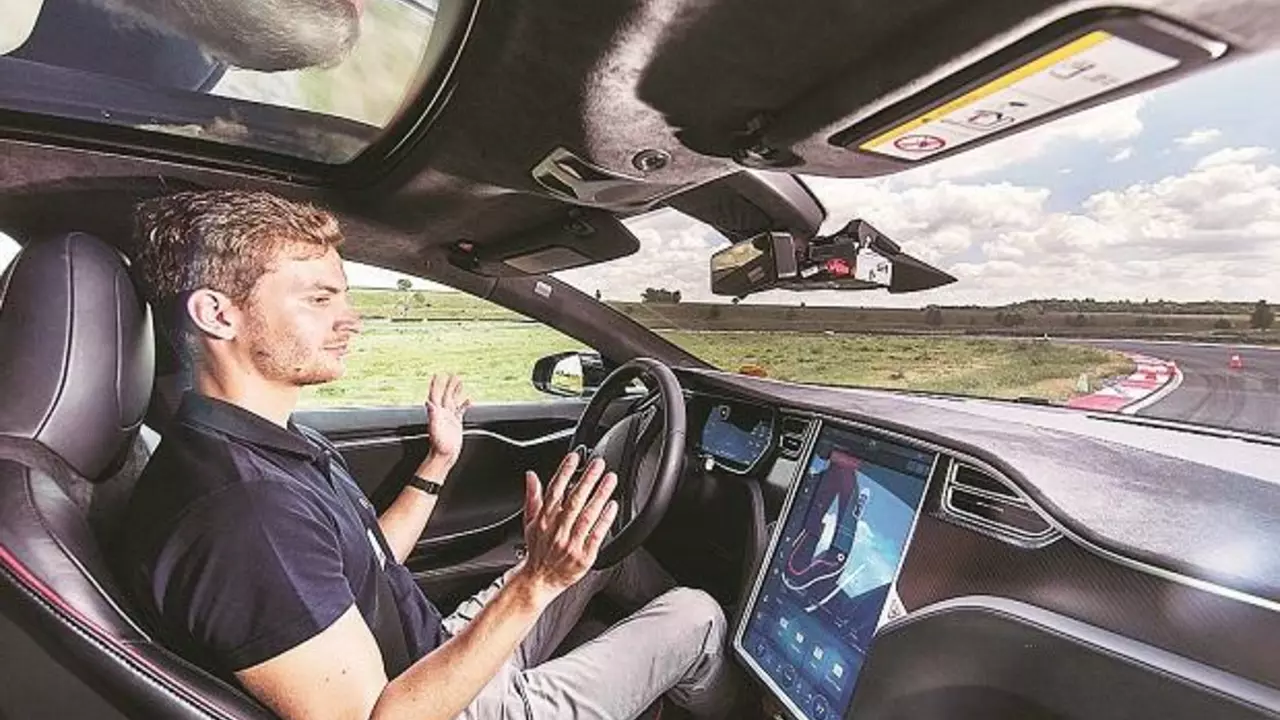Driver Abilities: What Makes a Racer Tick?
When you watch a car zip around a circuit, it’s easy to blame the machine for the speed. In reality, the driver’s abilities are the real engine. From raw reflexes to mental stamina, a driver’s skill set decides whether they finish on the podium or in the gravel.
Physical & Mental Foundations
First up, fitness. A professional driver spends hours in the gym working on neck strength, core stability, and cardiovascular endurance. Those G‑forces in a corner can feel like a roller‑coaster, and a strong neck keeps vision steady. A solid core helps the driver stay glued to the seat while braking hard.
But muscles are only half the story. Mental focus is a workout on its own. Drivers practice visualization, breathing techniques, and short‑burst concentration drills. They train their brains to handle split‑second decisions, such as when to overtake or how much throttle to apply on a slippery patch.
Practical Ways Drivers Sharpen Their Skills
On‑track practice is obvious, but modern racers mix it with simulators, data analysis, and coaching. A typical week might include a 2‑hour simulator session that reproduces the upcoming circuit down to the curb angle. Simulators let drivers experiment with racing lines without wearing down tires or risking a crash.
After each run, engineers hand over lap data – brake pressure, throttle position, steering input. The driver reviews this with a coach, looking for tiny inefficiencies. Maybe they lifted off the throttle a fraction of a second too early, or turned the wheel a degree too early. Fixing those micro‑mistakes can shave tenths of a second off lap time.
Physical drills also target reaction time. Simple exercises like catching a falling ball while riding a stationary bike train the brain–muscle link. Some teams even use high‑speed cameras to study a driver’s eye movement, ensuring they spot hazards early.
Another key habit is studying the competition. Watching race footage reveals where rivals gain an edge – a different braking point, a better corner exit speed. Drivers note these patterns and adapt their own approach, turning observation into action.
Finally, endurance matters. Long races test a driver’s ability to stay sharp for hours. Nutrition, hydration, and short mental breaks help maintain focus. Many drivers follow strict meal plans and use in‑race communication to stay mentally engaged.
All these pieces – fitness, mental drills, simulators, data analysis, and racecraft study – blend into a driver’s ability toolbox. When one element clicks, the whole performance elevates.
So the next time you see a car rocket past the finish line, remember it’s not just the engine roars. It’s the driver’s honed abilities that turn raw power into a winning lap.

Which motorsport requires the most skill?
After exploring various motorsports, it's clear that pinpointing which one requires the most skill is complex as each sport demands its unique set of capabilities. However, many argue that Formula 1 stands out due to its high-speed precision, tactical decision-making, and intense physical and mental demands. Others might point to the intricate tactics and danger involved in MotoGP or the multi-disciplinary skillset required in Rallying. In contrast, some believe the endurance and team strategy involved in Le Mans racing make it the most skill-intensive. Ultimately, the answer depends on how one defines 'skill', demonstrating the multifaceted nature of motorsport expertise.
Read More